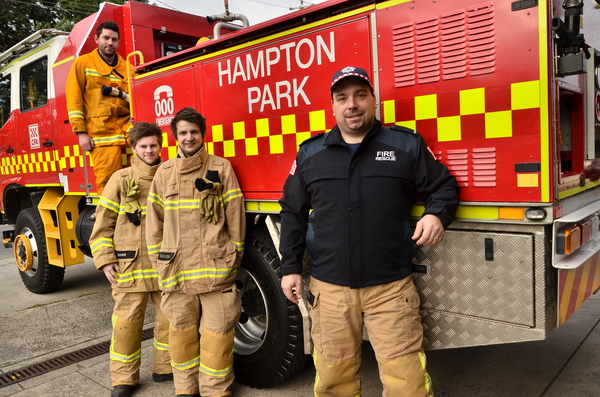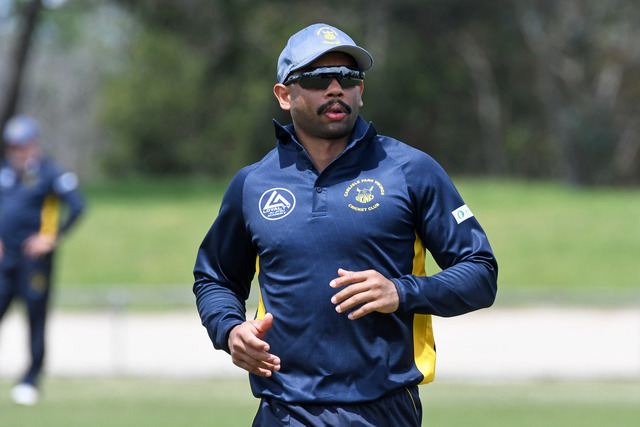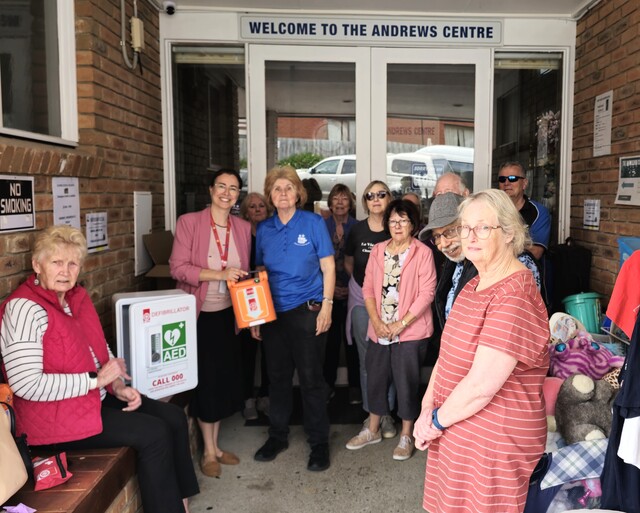Firefighters at Hampton Park are lagging behind neighbouring brigades after responding to 19 per cent of emergencies on time, the first quarterly CFA response data has shown.
The fully volunteer-run brigade reached emergencies in 13 minutes and 24 seconds in 90 per cent of cases, which was below the eight-minute benchmark.
However, response times across Hampton Park between January and March, which included recorded times for nearby crews was eight minutes and 38 seconds.
The recent data shows crews at Cranbourne, Narre Warren, Hallam and Berwick were performing well, responding 85 to 97 per cent of emergencies within eight minutes.
Officer and Beaconsfield had also fared well, meeting 57 to 80 per cent of response targets respectively.
A CFA spokesperson said Clyde fire brigade was not listed in the data due to responding to fewer than 10 incidents and would “not provide a statistically significant indication of service delivery performance”.
Hampton Park brigade first lieutenant Chris Gomolis said there were a number of factors that impacted the brigade’s response times, noting in particular that the station was unsuitably located within a heavily populated residential area with many schools in each direction.
He said this, combined with traffic gridlock and 40km/h schools zones, had contributed to delays for volunteers when travelling to the station to respond to call-outs as they were not exempt from any road rules.
He said in “some cases” the station’s trucks responded to code three jobs – a non-urgent incident without the need for lights-and-sirens – if a call-out was deemed to be under control by a first responding truck, which meant they must comply with all road rules such as traffic lights and speed limits.
“If the incident is not urgent and there’s already one fire truck on scene we don’t need to put the public at risk by having another fire truck speeding just for the sake of it and that’s an operational decision made by the incident controller and/or the officer-in-charge on the truck at the time,” Mr Gomolis said.
He reiterated that despite the delays and restrictions they faced “at no time is the community put at risk” – as the brigade had ongoing support from neighbouring 24-hour staffed Fire Rescue Victoria fire stations.
Meanwhile, Mr Gomolis said the brigade had been fighting for years to relocate their small and outdated station at Somerville Road.
Concerns raised by 29-member brigade, which responds to call-outs in Dandenong South, Lyndhurst, Lynbrook and Hampton Park, have been a lack of change rooms, adequate training areas, and secure parking.
“We want to be able to provide the best service we can as quickly as possible and being where we are, we’re doing it with one hand tied behind our backs,” Mr Gomolis said.
The State Government has been contacted for comment as to whether a new station has been considered at Hampton Park.
The incident response data reflected a period in which Victorian firefighters battled some of the worst bushfires in the state’s history by the end of which they adapted to operating within challenging Covid-19 restrictions.
By the end of March, 400 homes had been lost as bushfires devastated much of East Gippsland. Sadly, the statistics showed three people died in fires during the quarter.
“Despite these significant losses, I’m proud of our firefighters who saved many houses by bunkering down with communities as the fire front came through,” CFA acting chief officer Garry Cook said.







